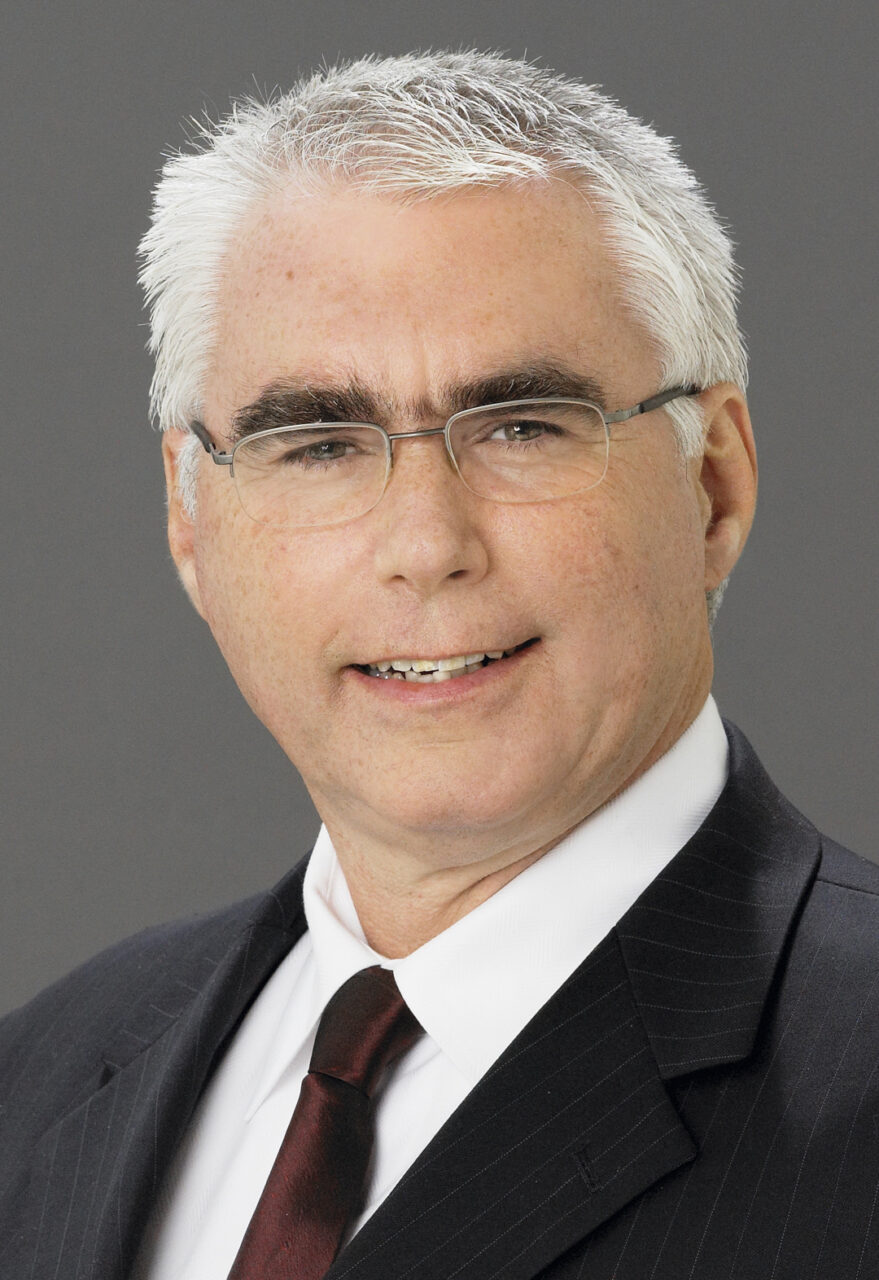By John Bergeron P
MONTREAL — Sixty years ago, two McGill University scholars discovered the stem cells that populate organs throughout our body. In 1953, Yves Clermont and his PhD supervisor, the late Charles Leblond, provided evidence to support their Stem Cell Renewal Theory. In a recent newsletter, the American Society for Cell Biology heralded this discovery as “nearly on the order (of the discovery of) of DNA.”
The international scientific community has also taken notice of late. John Gurdon, the Nobel laureate in medicine for 2012, recently said that “we should be reminded of the history of the stem-cell concept.”
Hans Clevers, one of the inaugural winners this year of the biggest award in the life sciences, the Breakthrough Prize, said, “I have recently discovered, and eagerly read, many of the groundbreaking papers of C.P. Leblond on stem cells. I have come to conclude that with all of today’s technologies we only confirm the concepts that Leblond laid down over half a century ago.”
Leblond’s office at McGill was legendary. It featured a stunning 3.5-by-4.5-metre mural painted by Marian Scott in 1943. The fresco, titled Endocrinology, is acknowledged as the founding piece in the art form known as biomorphism, in which the artwork resembles a living organism. The late Hans Selye commissioned it when he was at McGill.
This year, we are celebrating the 70th anniversary of this artistic masterpiece. It is an inspirational work as well in that it reminds us of the fervour and excitement in the field of medical research at McGill and in Montreal in the 1940s and 1950s.
Read the full story in The Gazette.
August 5, 2013
